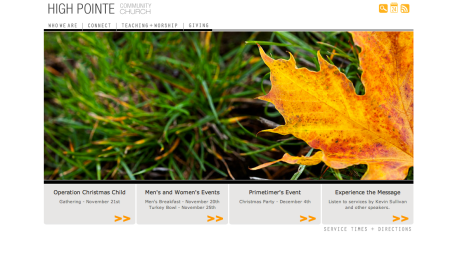I have a friend who posts the most obnoxious stuff on Facebook. It’s worse than chain posts… it’s worse than Farmville. He constantly posts “deep” philosophical thoughts in order to create a conversation. He says things like:
What if for every element of the human condition there is a seprate (sic) individual and equally unified plane of the universe; for every universe there are infinite universes; and this infinite is what you all call god?
(I’m gambling and assuming that he isn’t going to read this blog post since he is neither a Christian nor interested in communications strategies)
He will post stuff like that and receive up to 50 or 60 comments from people engaging in a conversation about the thing he said.
I don’t see anything wrong with people using the internet to create discussions. The things he posts annoy me, but ultimately I support the idea of what he is doing. However, I got to thinking about something.
The internet has created an opportunity for anyone (and I mean anyone) to publish their ideas and potentially create a following. Their ideas don’t have to be logical, lucid, or even coherent. All they have to do is write whatever pops up into their head and take themselves too seriously.
20 years ago these people would go unheard because book publishers would never give them the time of day. Now, thanks to social media, people can create a following and set up little, individual community based around their ideas.
So, now we have millions of little, personal, social media shrines dedicated to the ideas of millions of different people.
The internet has made it easier than ever to make ourselves gods.
